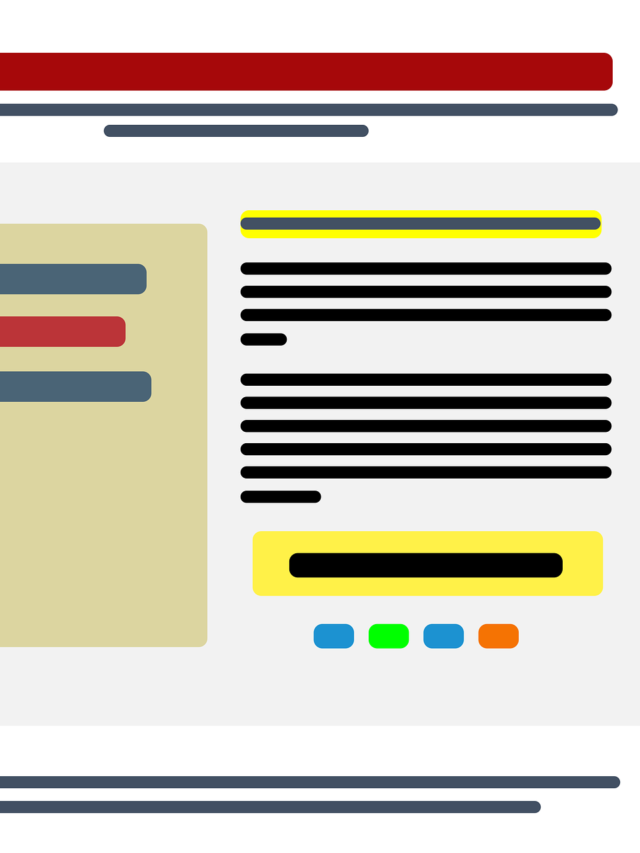Google’s Insights on Double Slash SEO Impact: All You Need To Know

When it comes to the technicalities of SEO, the impact of double slashes in URLs might seem like a minor detail. However, Google’s insights shed light on how these seemingly insignificant characters can influence search engine rankings and website indexing.
What are Double Slashes in URLs?
Double slashes (//) in URLs represent consecutive forward slashes within a web address. For instance, in a typical URL structure like “https://www.example.com//page,” the double slash appears between the domain name and the page name.
Historical Significance in URL Handling
Historically, web servers and browsers have been resilient in handling double slashes. Most web browsers and servers automatically normalize URLs by treating multiple consecutive slashes as a single slash. This normalization occurs due to the way the URL specification is interpreted.
Impact of Double Slash on SEO
Despite their historical handling, double slashes can have subtle yet noteworthy impacts on SEO:
- Canonicalization Issues: Search engines aim for canonicalization, the process of selecting the preferred URL among duplicates or variations. Double slashes can inadvertently create URL variations, potentially leading to canonicalization issues. This might fragment link equity, impacting the page’s ranking potential.
- Crawl Budget Optimization: Double slashes might affect how search engine crawlers allocate crawl budgets. While modern search engine algorithms are adept at handling these instances, the presence of unnecessary double slashes might divert crawl resources from important pages, affecting overall indexing efficiency.
- User Experience Concerns: While not a direct SEO factor, user experience matters significantly. URLs with visible double slashes might appear unprofessional or raise user suspicions about website credibility, potentially impacting click-through rates and overall user engagement.
Best Practices to Address Double Slash Issues
- URL Canonicalization: Implement proper canonicalization strategies to designate the preferred URL version, reducing the likelihood of indexing duplicate content due to double slashes.
- URL Redirection: Use 301 redirects to ensure uniformity in URL structure. Redirect any instances of double slashes to their single-slash counterparts to maintain consistency and prevent URL variations.
- Regular Audits and Corrections: Conduct periodic audits of your website’s URLs to identify and rectify any instances of double slashes. Consistent monitoring can help maintain a clean and optimized URL structure.
- Update Internal Linking: Ensure internal links across your website use consistent and clean URLs without unnecessary double slashes. This practice reinforces a unified URL structure and enhances user experience.
Key Takeaways
While the impact of double slashes on SEO might appear subtle, their presence can contribute to technical issues affecting website indexing, user experience, and overall search engine performance. Adhering to best practices in URL handling, canonicalization, and regular maintenance plays a crucial role in mitigating these potential SEO challenges. By addressing double slash issues proactively, website owners can optimize their sites for better search engine visibility and enhanced user satisfaction.







